Желчекаменной болезнь (ЖКБ) - лечение холелитиаза
Желчекаменная болезнь (холелитиаз) — заболевание, характеризующееся образованием конкрементов в желчном пузыре или протоках.
Патология развивается вследствие нарушения обмена холестерина и билирубина, что приводит к кристаллизации компонентов желчи. Без своевременной терапии желчекаменная болезнь прогрессирует, вызывая хронический болевой синдром и нарушение пищеварения.
Основная опасность заболевания связана с риском развития таких осложнений, как острый холецистит, механическая желтуха, панкреатит и даже перфорации желчного пузыря.
Ранняя диагностика и правильно подобранное лечение позволяют избежать осложнений и сохранить качество жизни пациента.

specialists

equipment

treatment
Показания и противопоказания к операции
Существует ряд показаний, при которых операция варикоцеле рекомендована для устранения симптомов, сохранения функции яичка, улучшения фертильности. В некоторых случаях из-за сопутствующих заболеваний, возраста, отсутствия клинических проявлений хирургическое лечение не проводится.
Показания к операции
Вмешательство назначают при:
- Бесплодии
- Прогрессирующем варикоцеле у подростков
- Тянущей боли
- Варикоцеле с атрофией яичка
- Рецидиве после предыдущих вмешательств
При выявленных нарушениях сперматогенеза операция повышает шанс на зачатие. Также она необходима при подтвержденном снижении тестостерона, хронической усталости, дискомфорте, который ограничивает физическую активность.
Противопоказания к операции
Выделяют абсолютные и относительные ограничения. Среди первых:
- Острые инфекции
- Декомпенсированные заболевания сердца, легких
- Патологии печени, почек
- Нарушения свертываемости крови
К относительным противопоказаниям относятся пожилой возраст, сахарный диабет, эндокринные нарушения, которые повышают риск осложнений.
Профилактика и образ жизни
The cost of surgery in Moscow depends on the technique, the severity of the varicocele, the type of anesthesia, and any complications. Additional services include suturing, postoperative medications, dressings, follow-up examinations, and a bandage.
You can find current prices in rubles in the price list on the K+31 website or by calling the administrator. Our medical center employs experienced specialists who conduct a comprehensive examination, explain all treatment options in detail, and select the best option for each patient. Schedule an appointment now to receive qualified care and a personalized treatment plan!
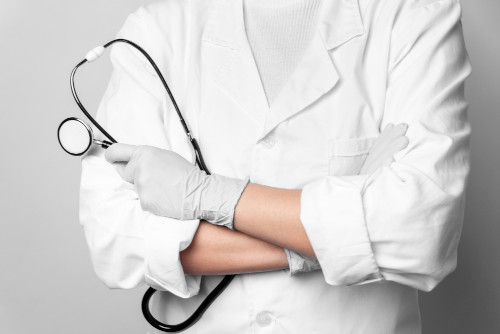

This award is given to clinics with the highest ratings according to user ratings, a large number of requests from this site, and in the absence of critical violations.

This award is given to clinics with the highest ratings according to user ratings. It means that the place is known, loved, and definitely worth visiting.

The ProDoctors portal collected 500 thousand reviews, compiled a rating of doctors based on them and awarded the best. We are proud that our doctors are among those awarded.
Make an appointment at a convenient time on the nearest date
Price
Other services


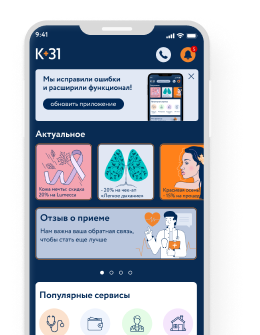




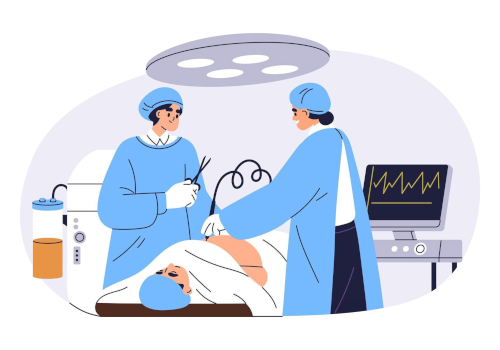
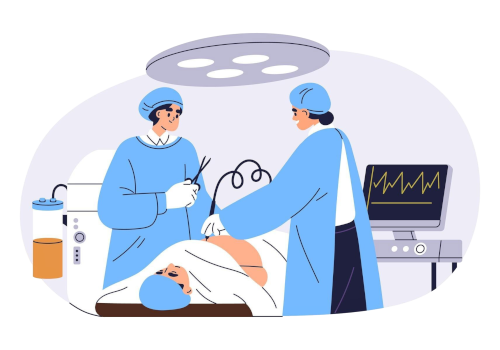
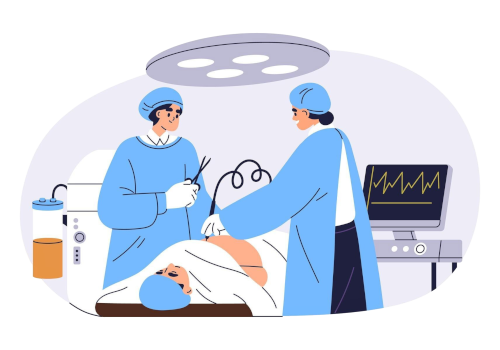
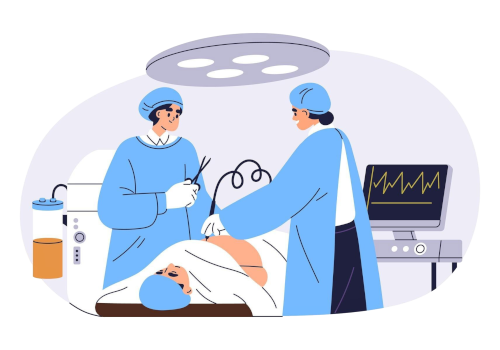
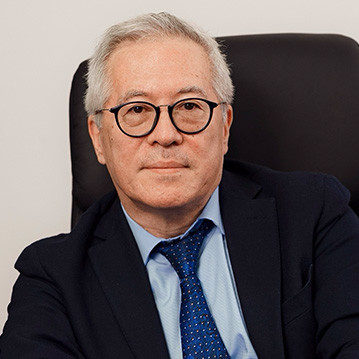
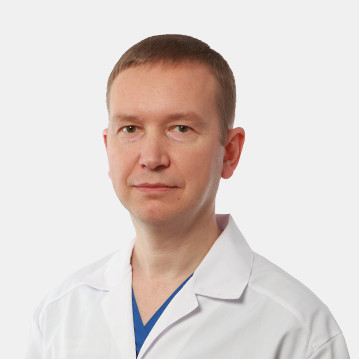
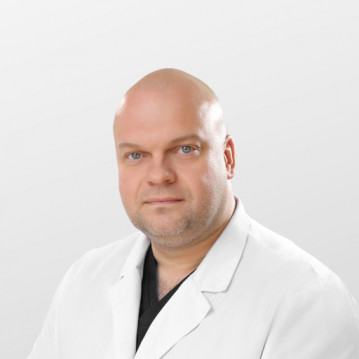
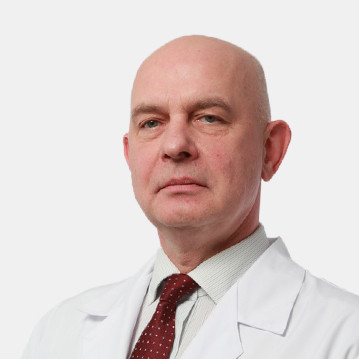
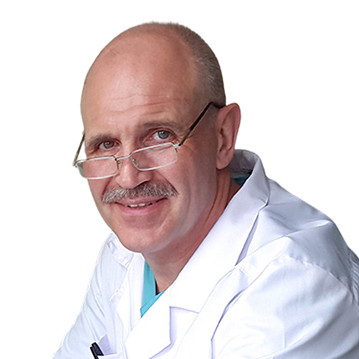
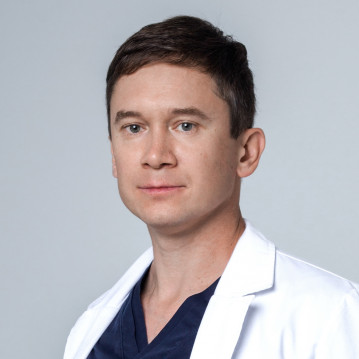

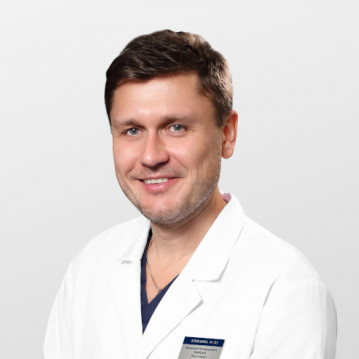

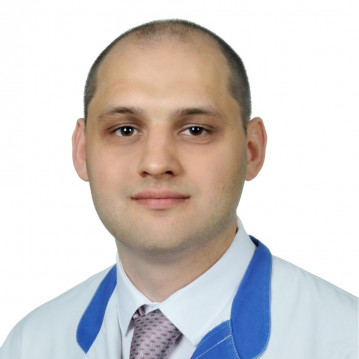
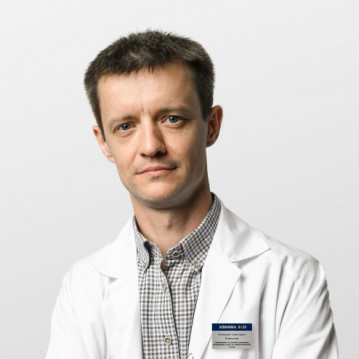
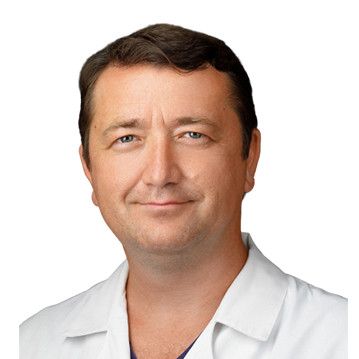
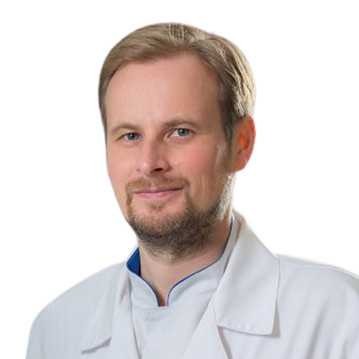
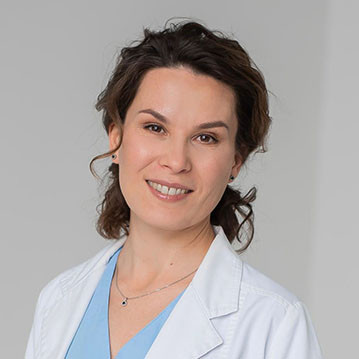
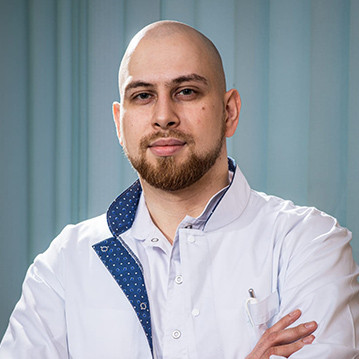
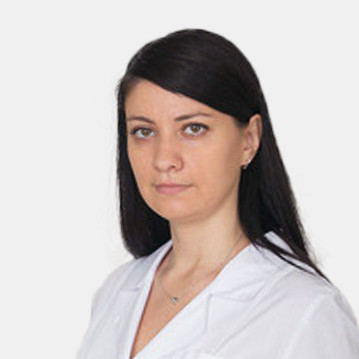
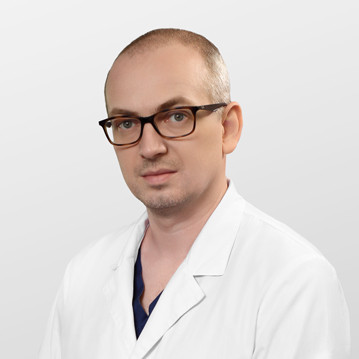
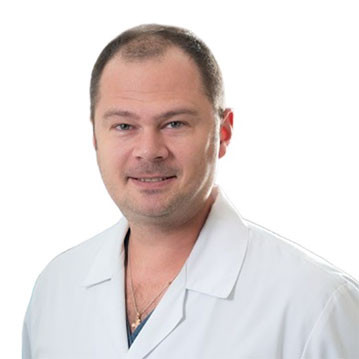
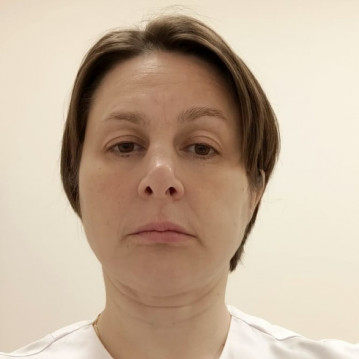
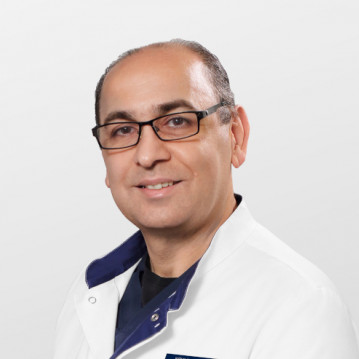
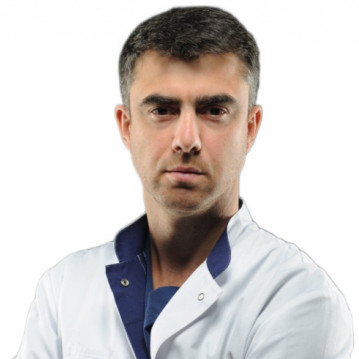
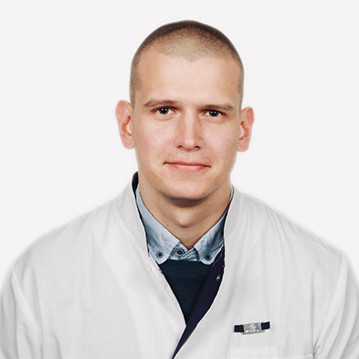


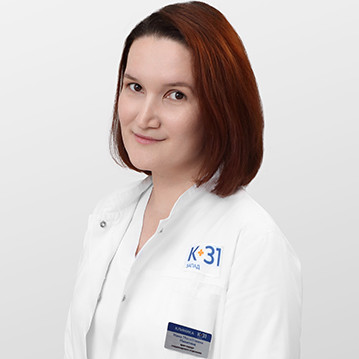
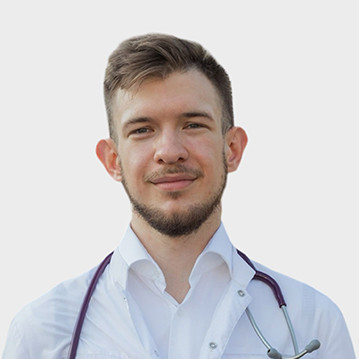

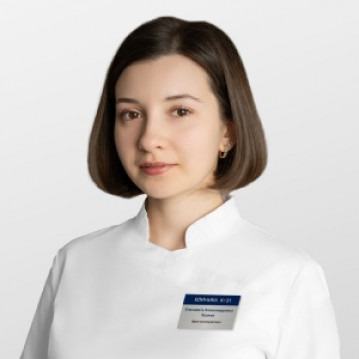
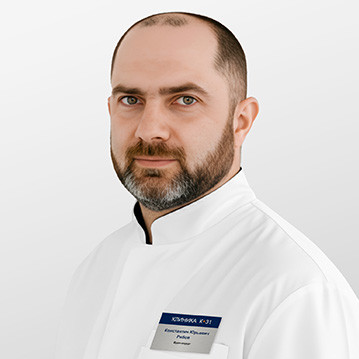
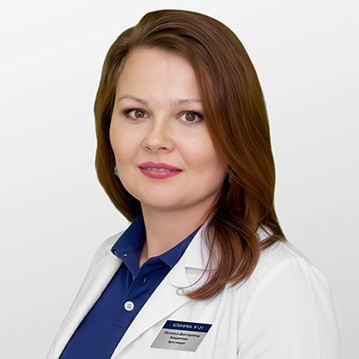
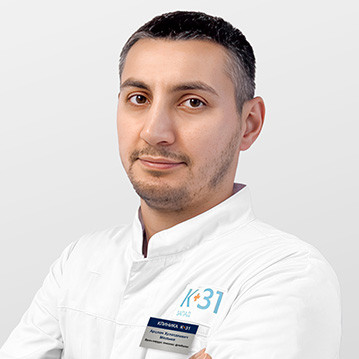

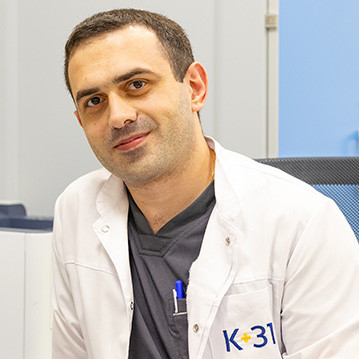
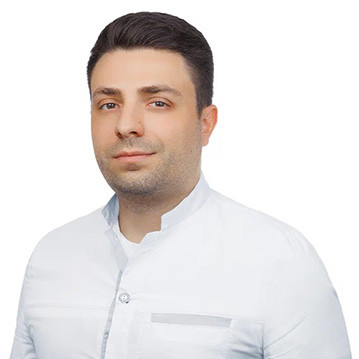
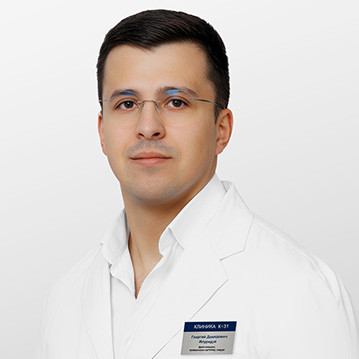
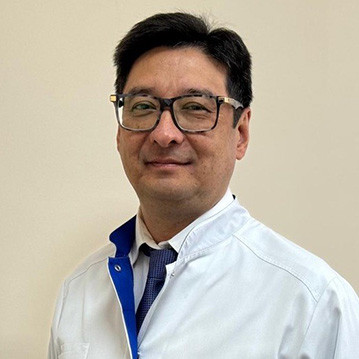




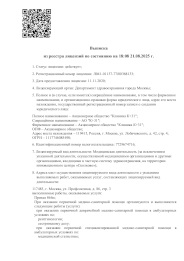
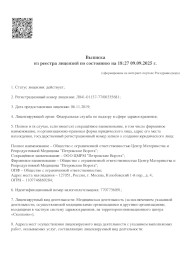
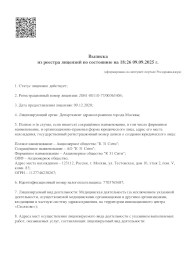
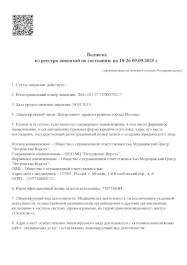
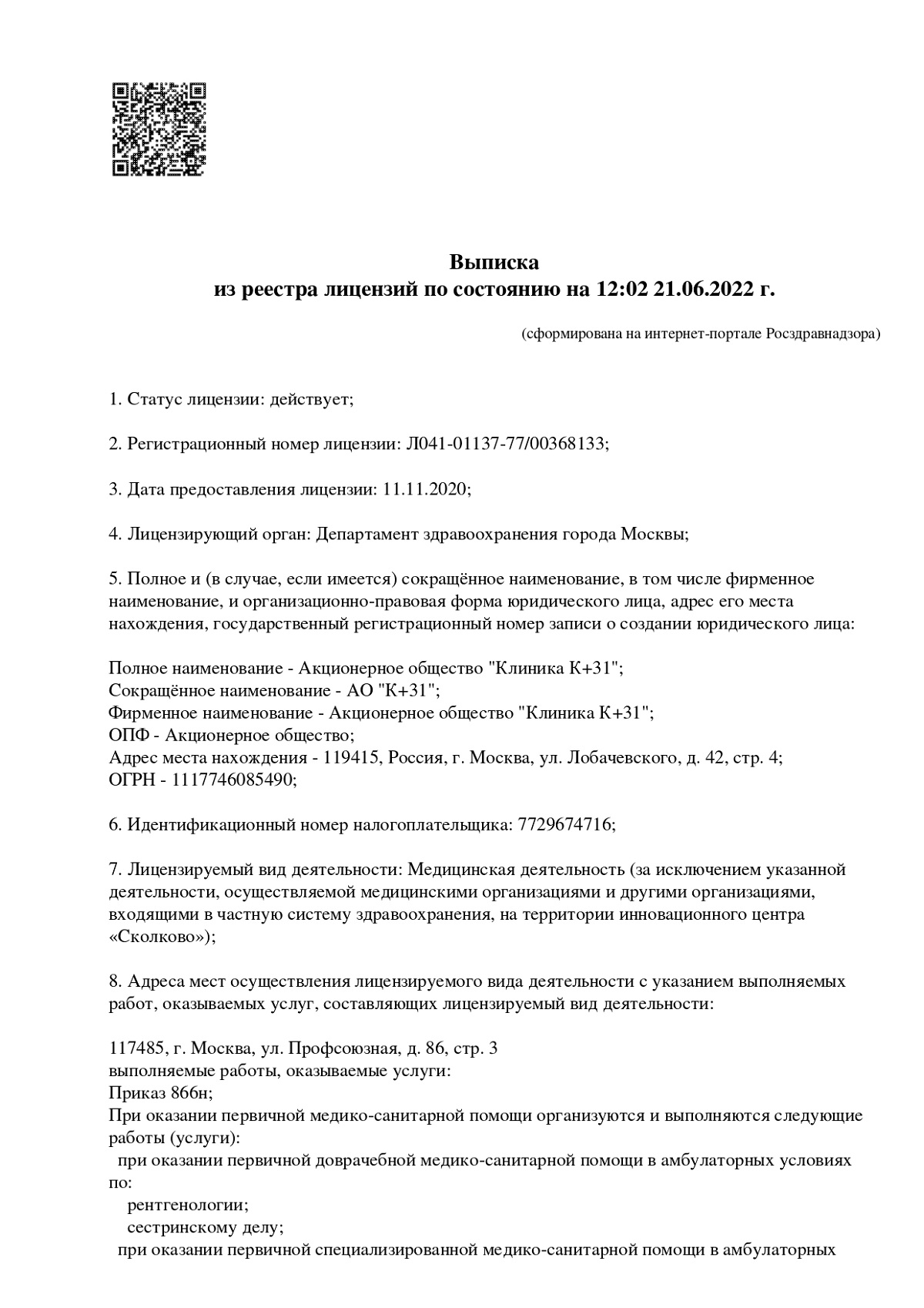
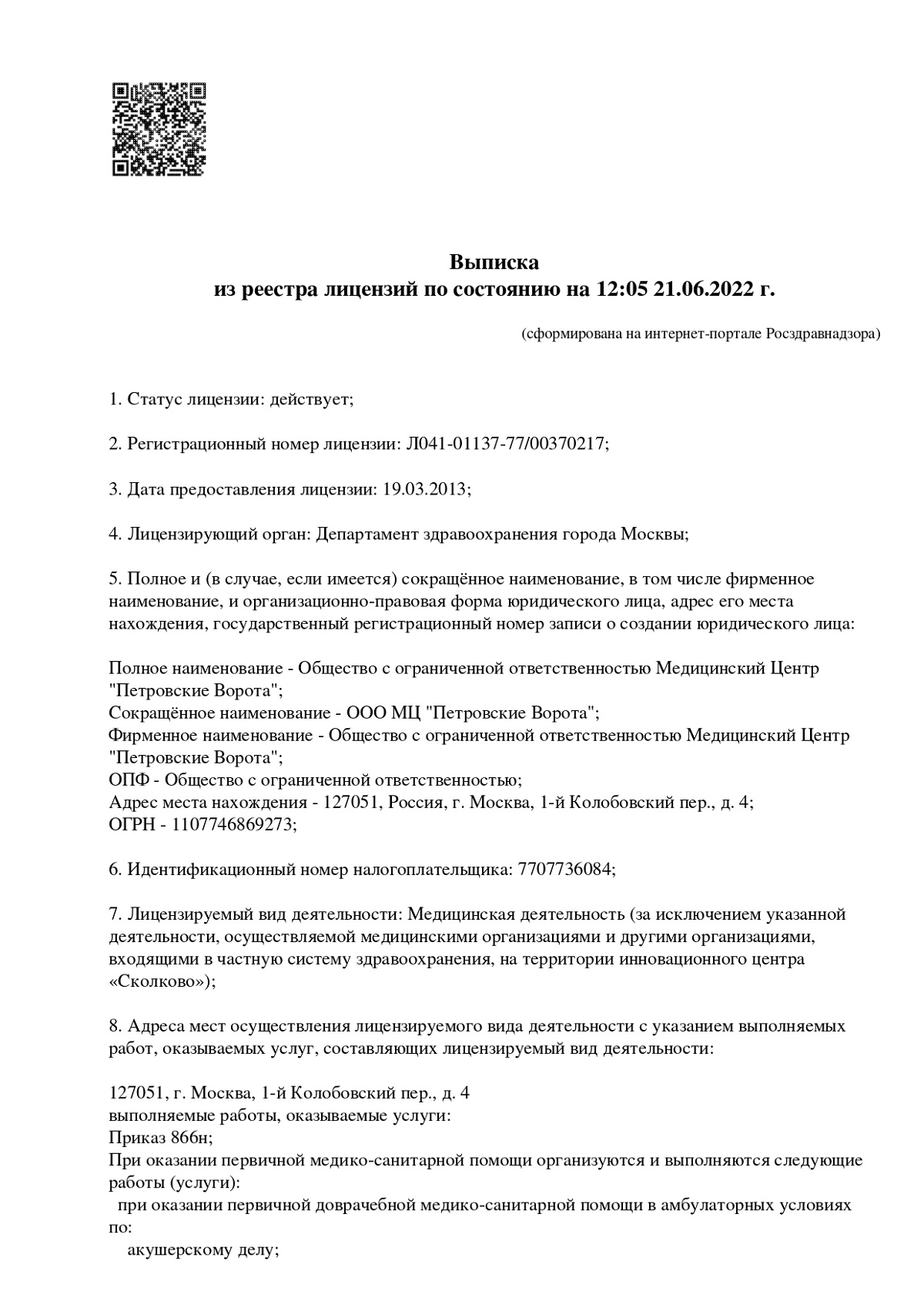
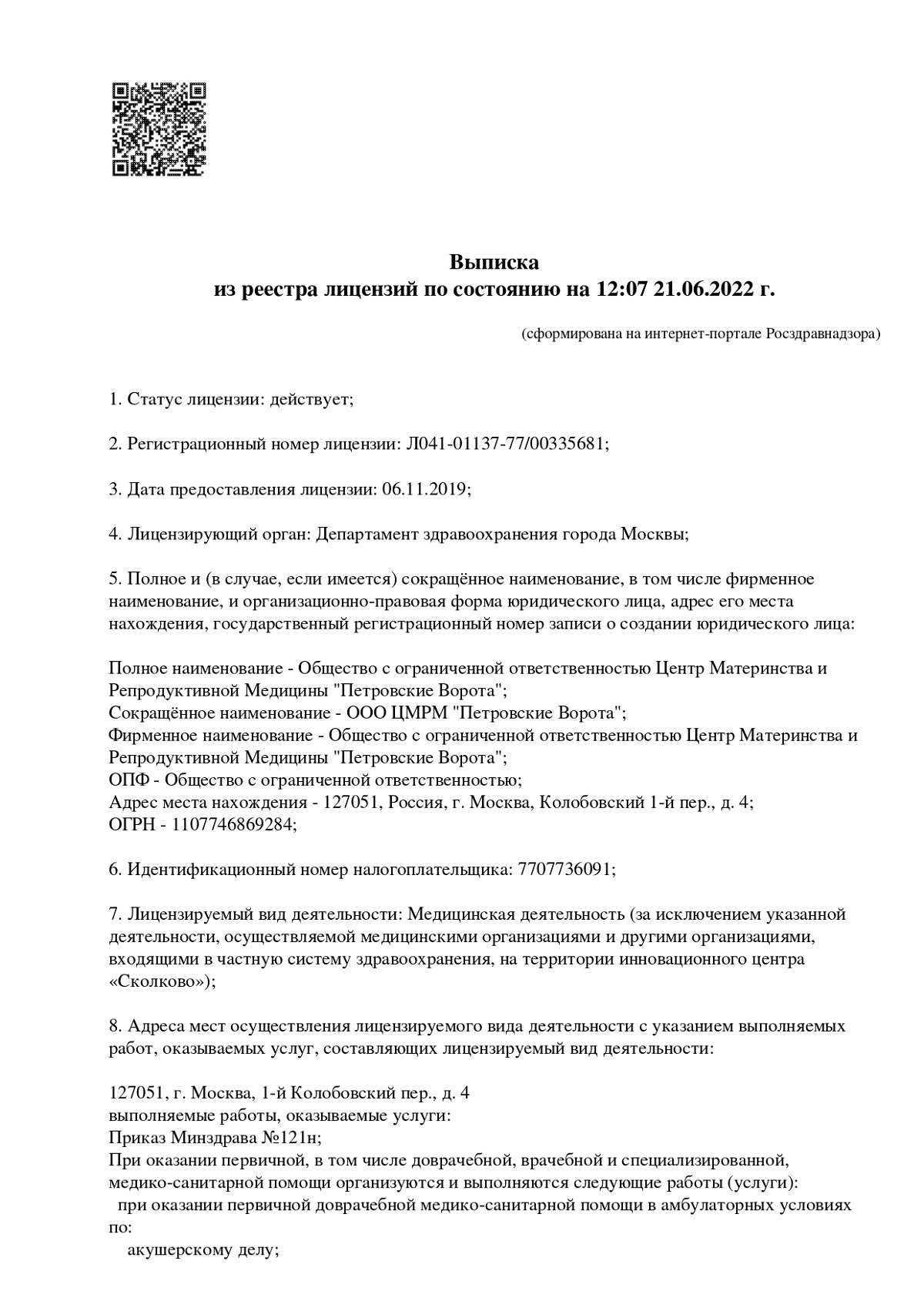
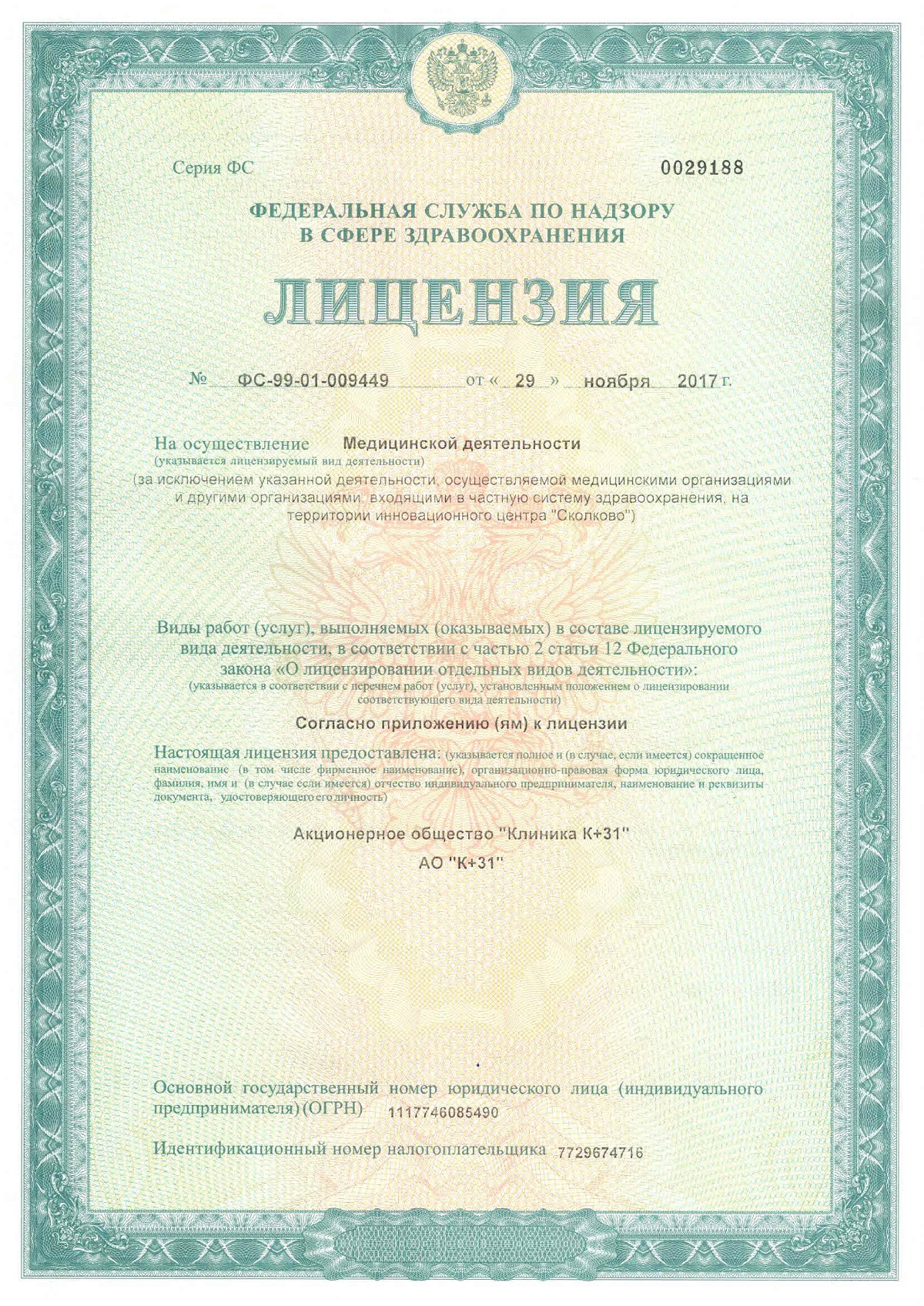
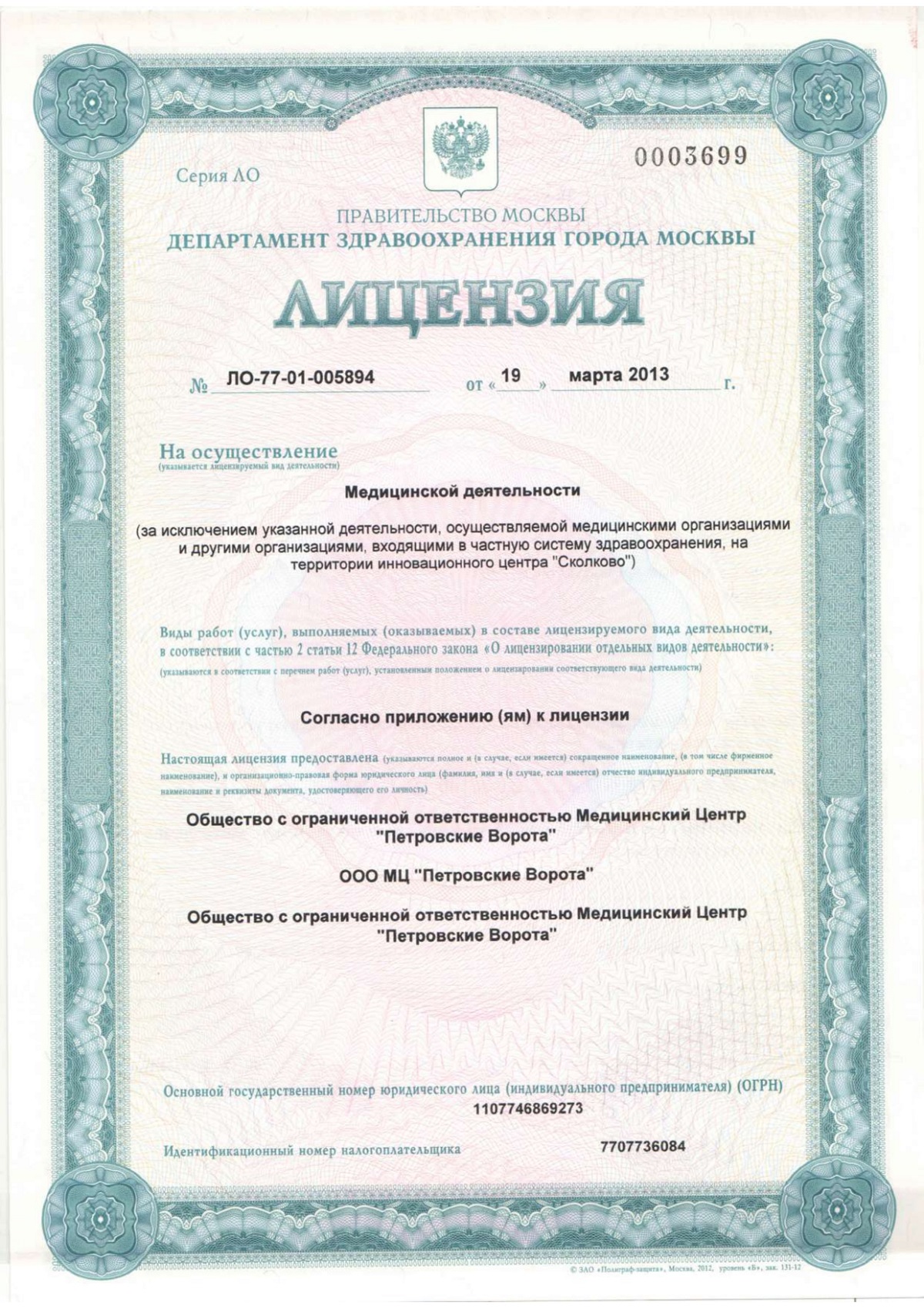
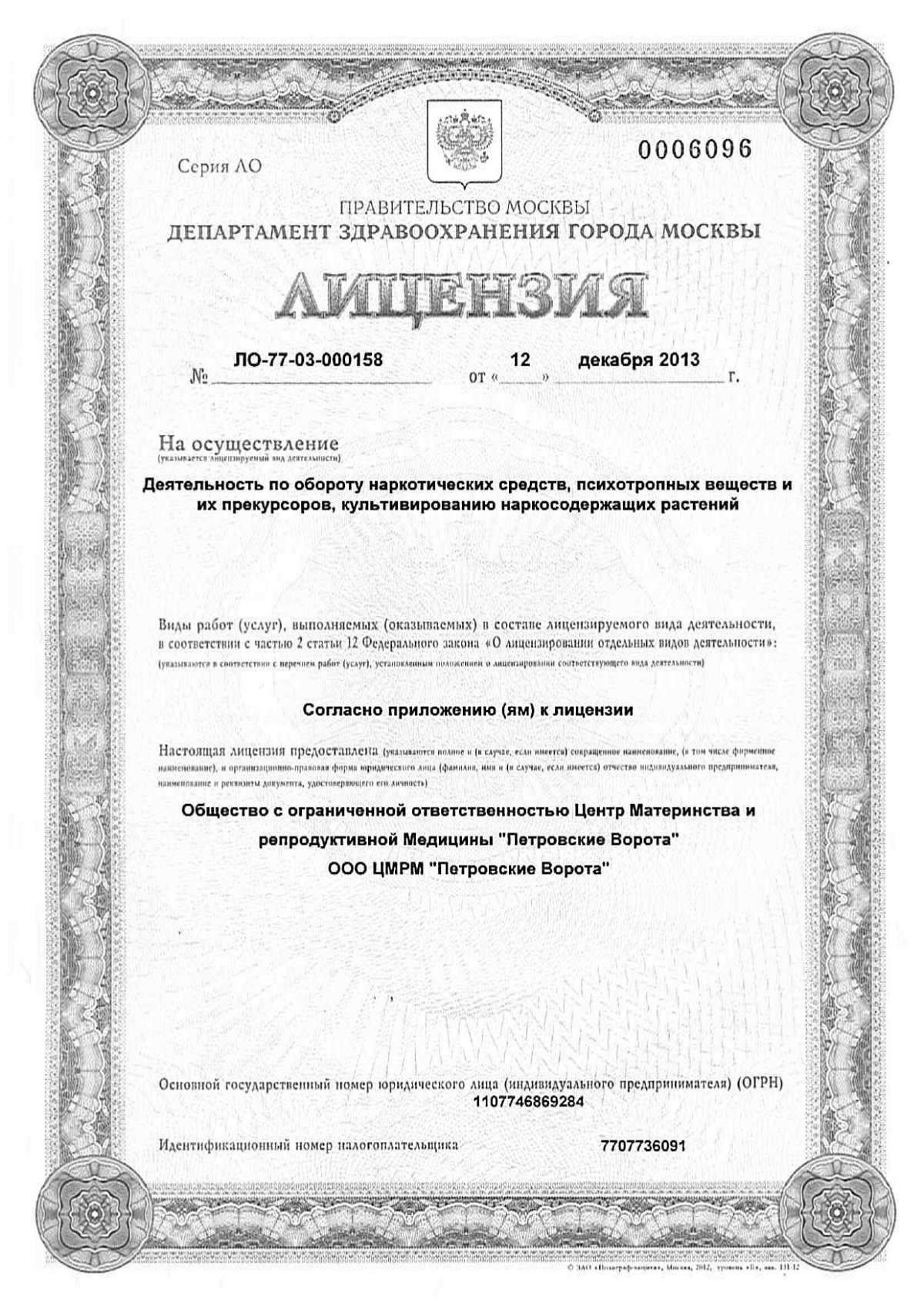
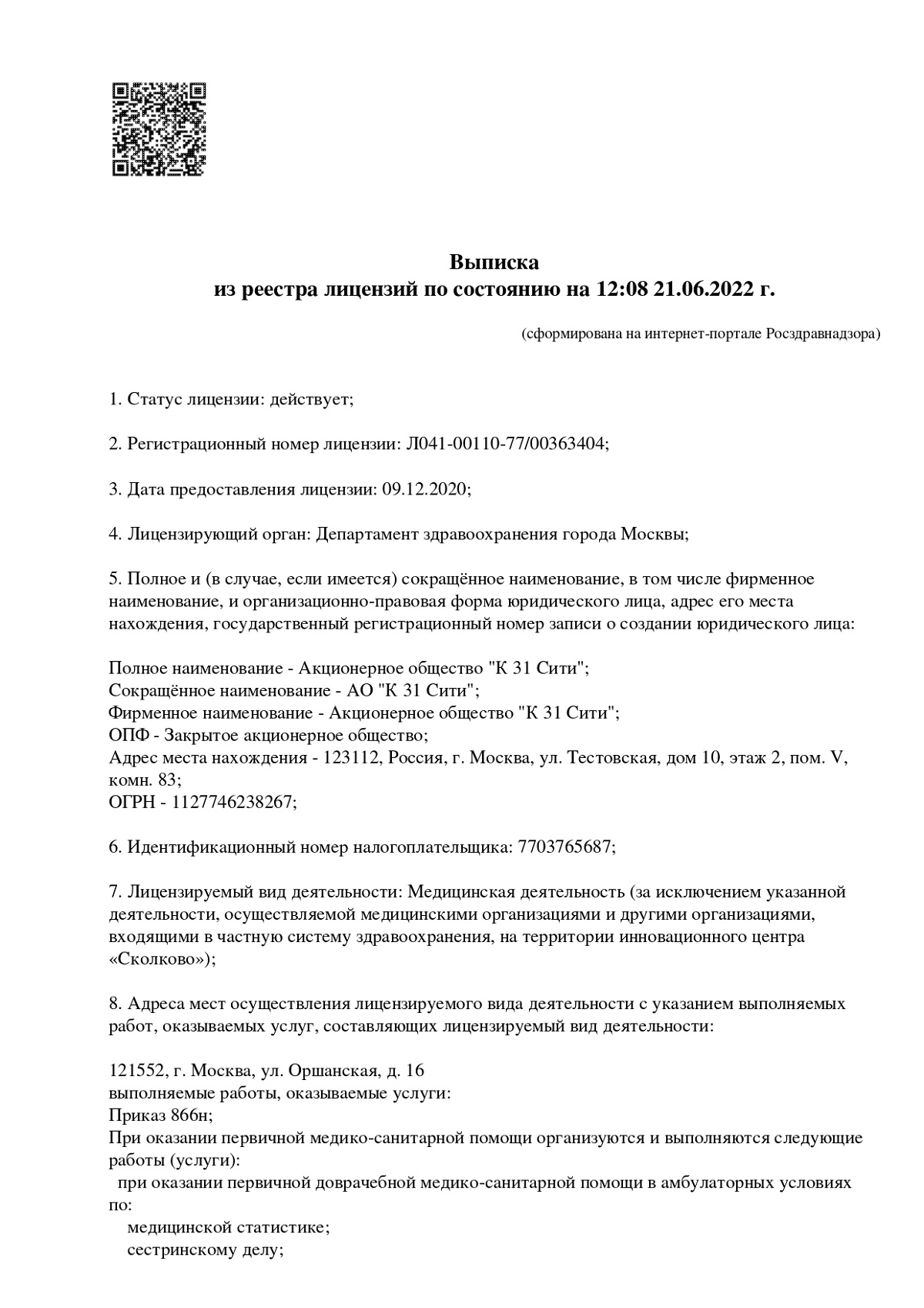
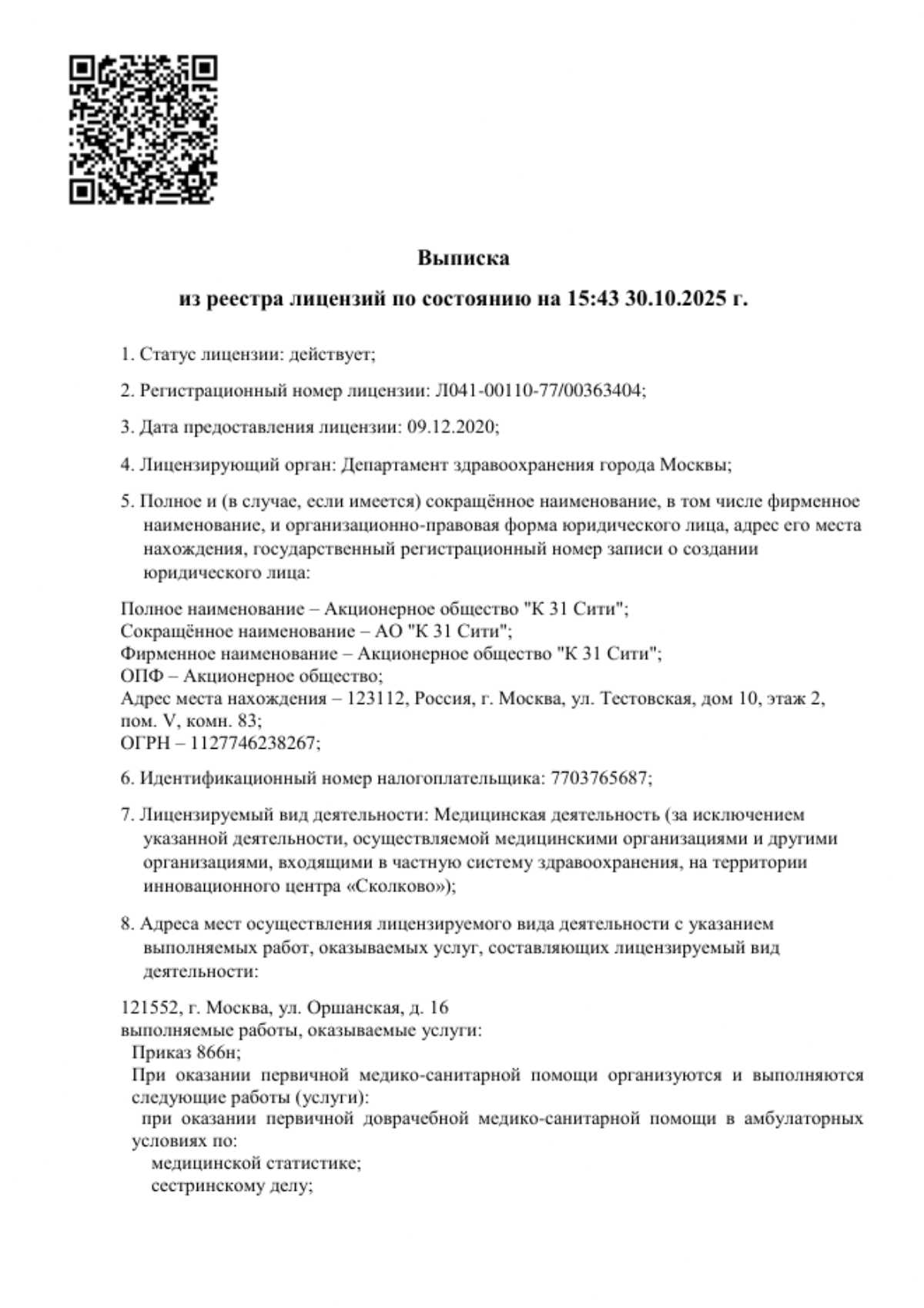
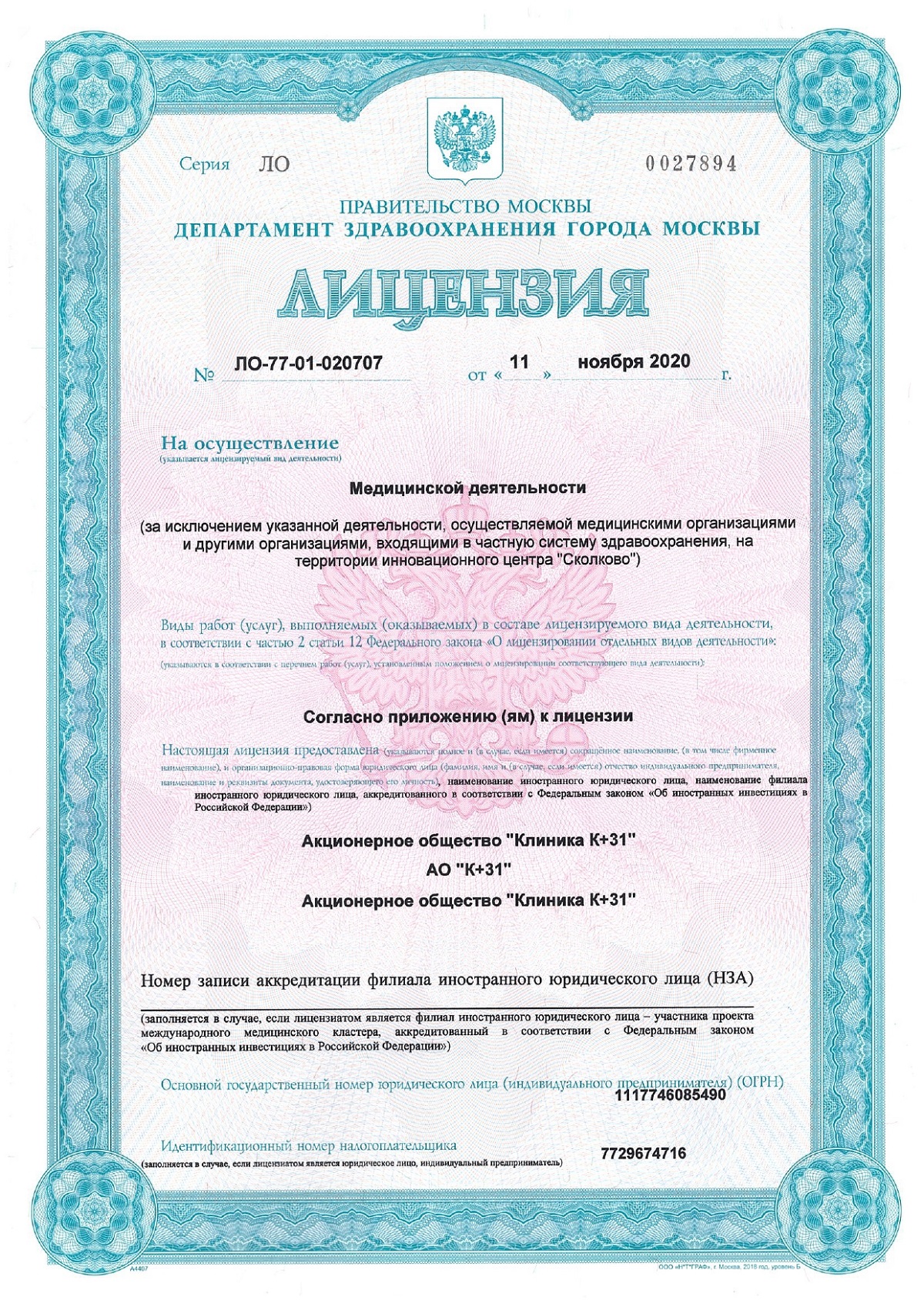
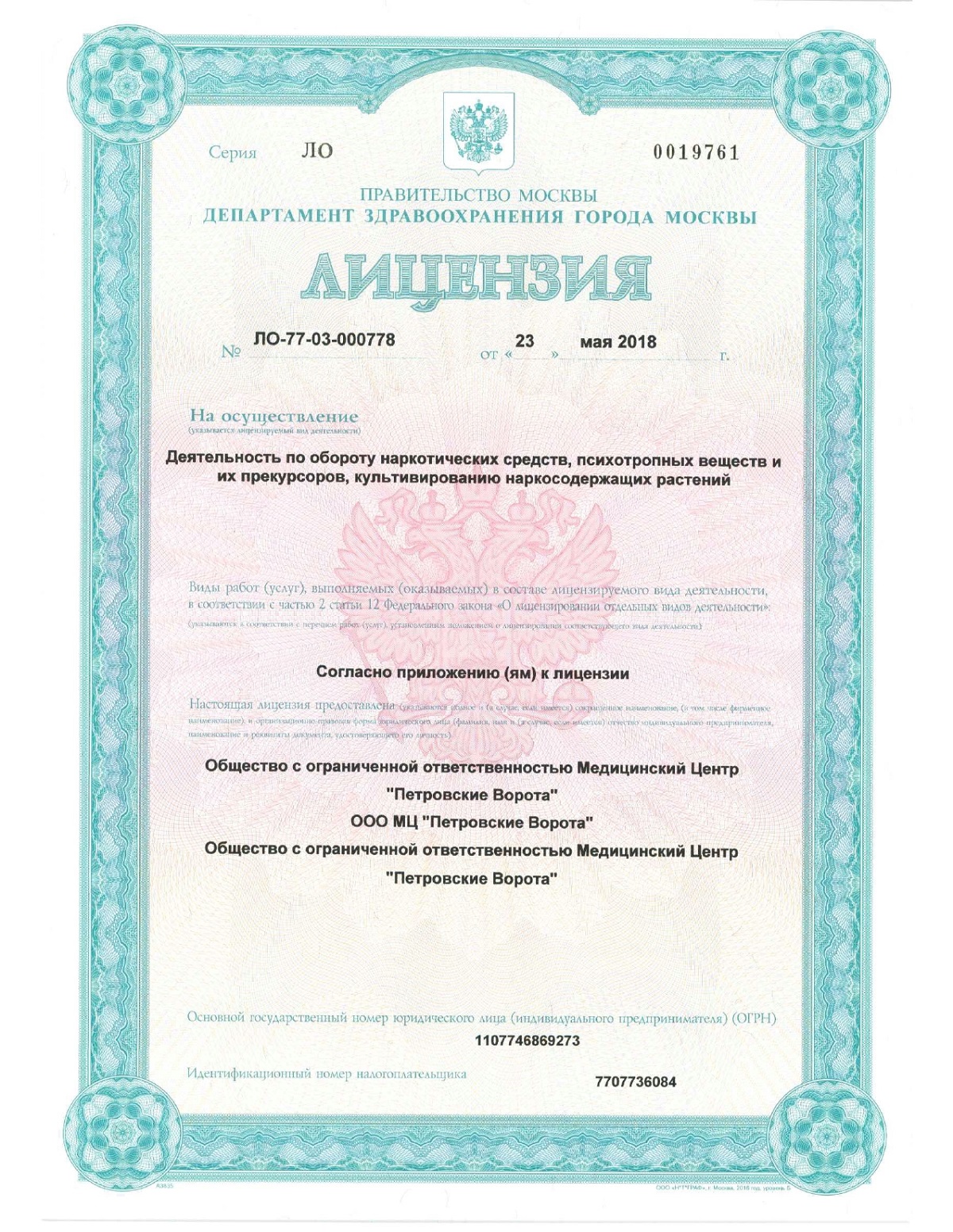
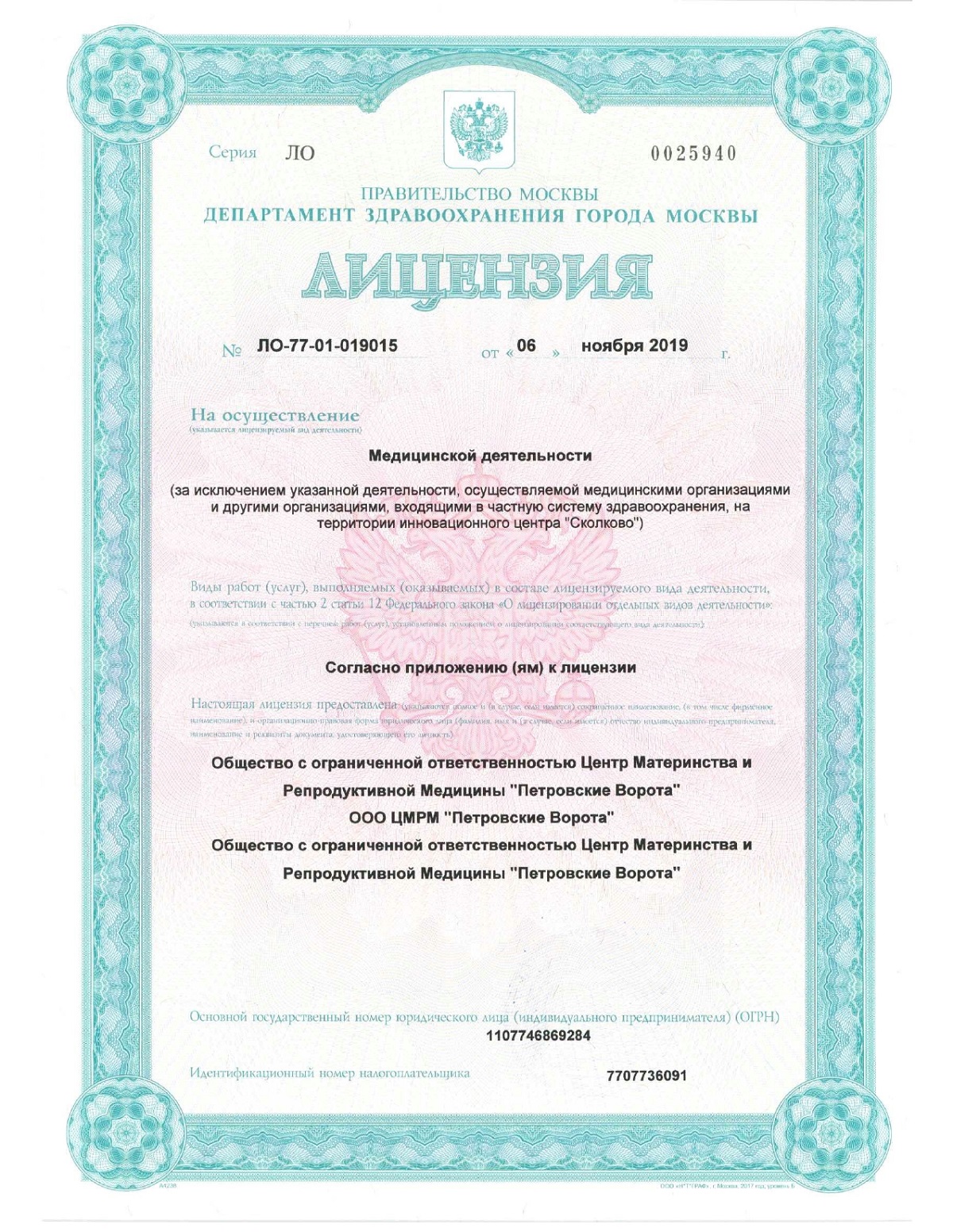
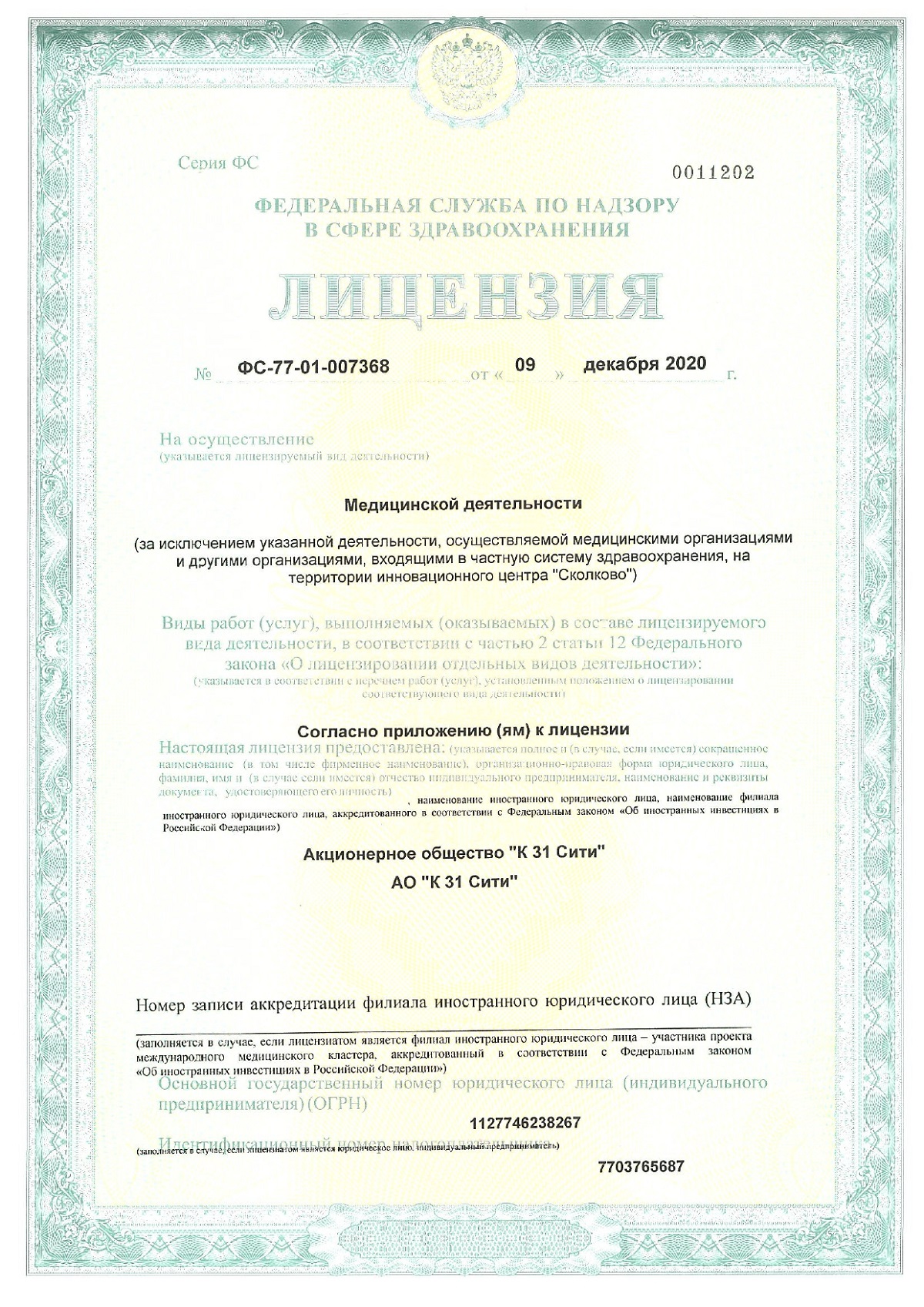



General information about varicocele
Varicocele is a dilation of the veins of the spermatic cord and testicle, predominantly on the left side (up to 80% of cases), caused by dysfunction of the venous valves and blood stagnation. According to statistics, it occurs in 10-15% of men. It is most often diagnosed between the ages of 15 and 25.
There are two forms of the disease:
Depending on the severity of the scrotal vein dilation, three degrees of varicocele are distinguished. The first degree is characterized by an asymptomatic course and is often discovered incidentally during an infertility examination. The veins are dilated, but are only visible under stress, for example, during the Valsalva maneuver.
Grade 2 varicocele is accompanied by pain and a feeling of heaviness in the scrotum. The veins can be felt while standing. Grade 3 varicocele is characterized by an increase in all symptoms. Testicular atrophy or a decrease in volume is possible.